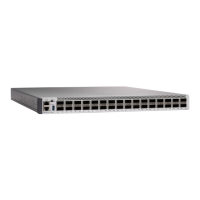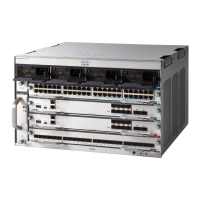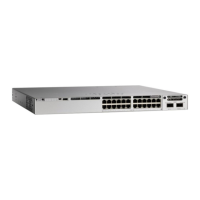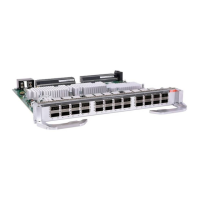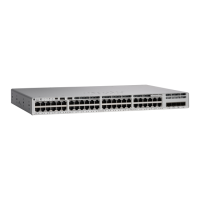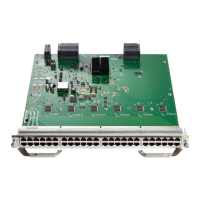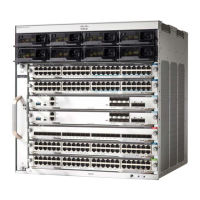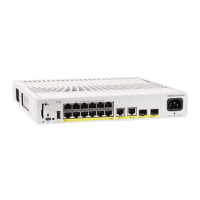CHAPTER 5
Configuring Application Visibility and Control in
a Wired Network
• Information About Application Visibility and Control in a Wired Network, on page 121
• Supported AVC Class Map and Policy Map Formats, on page 122
• Restrictions for Wired Application Visibility and Control, on page 123
• How to Configure Application Visibility and Control, on page 124
• Monitoring Application Visibility and Control, on page 149
• Examples: Application Visibility and Control Configuration, on page 150
• Basic Troubleshooting - Questions and Answers, on page 162
• Additional References for Application Visibility and Control, on page 163
• Feature History for Application Visibility and Control in a Wired Network, on page 163
Information About Application Visibility and Control in a Wired
Network
This feature is not supported on the C9500-32C, C9500-32QC, C9500-48Y4C, and C9500-24Y4C models
of the Cisco Catalyst 9500 Series Switches.
Note
Application Visibility and Control (AVC) is a critical part of Cisco’s efforts to evolve its Branch and Campus
solutions from being strictly packet and connection based to being application-aware and application-intelligent.
Application Visibility and Control (AVC) classifies applications using deep packet inspection techniques with
the Network-Based Application Recognition (NBAR2) engine. AVC can be configured on wired access ports
for standalone switches. NBAR2 can be activated either explicitly on the interface by enabling
protocol-discovery or implicitly by attaching a QoS policy that contains match protocol classifier. Wired
AVC Flexible NetFlow (FNF) can be configured on an interface to provide client, server and application
statistics per interface. The record is similar to application-client-server-stats traffic monitor which is
available in application-statistics and application-performance profiles in Easy Performance Monitor (Easy
perf-mon or ezPM).
System Management Configuration Guide, Cisco IOS XE Amsterdam 17.2.x (Catalyst 9500 Switches)
121
